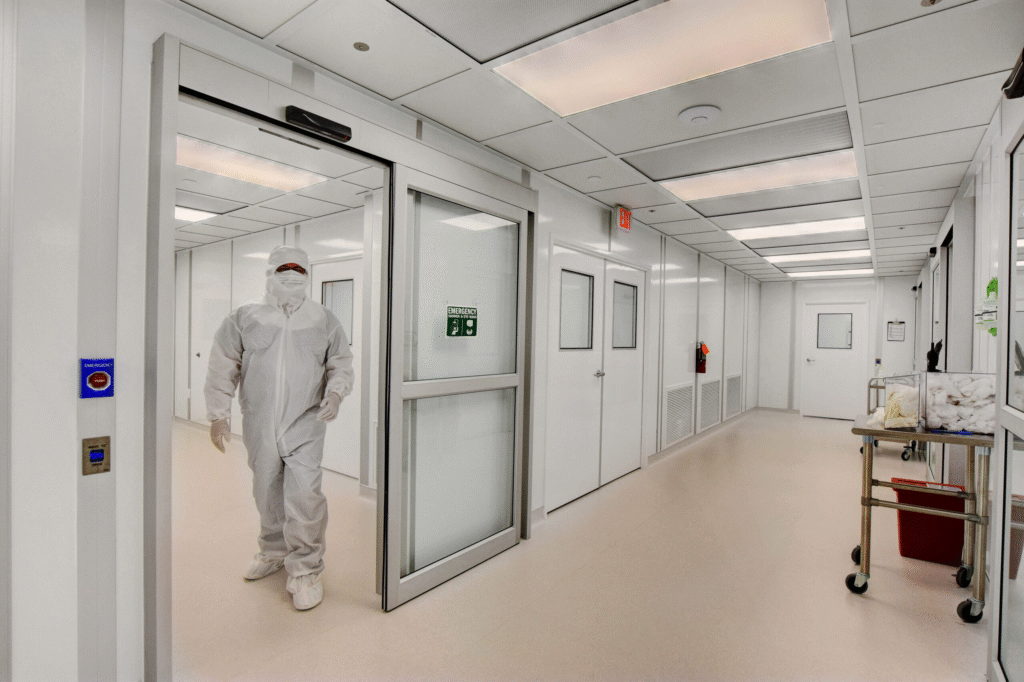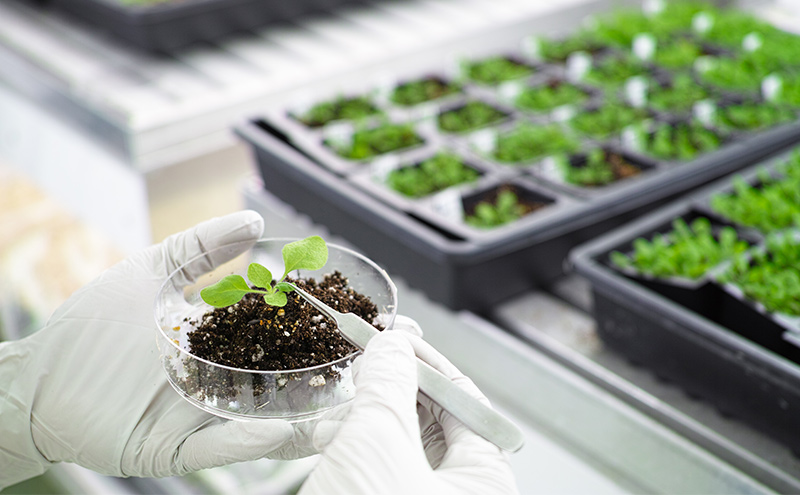
When designing or selecting a controlled space for sensitive manufacturing or laboratory processes, it’s crucial to understand the difference between an air clean room and a controlled environment. While they may appear similar, their requirements, standards, and use cases are fundamentally different—and choosing the wrong one can result in product failures or regulatory non-compliance.
What Is a Controlled Environment?
A controlled environment is a workspace where parameters like temperature, humidity, and pressure are regulated to protect products, research, or processes. However, it does not require strict airborne particle limits.
Typical controlled environments include:
Food storage and packaging rooms
Greenhouses or growth chambers
Data centers or electronics assembly lines
Controlled environments may or may not use filtration systems, and generally lack ISO certification related to particle cleanliness.

What Is an Air Clean Room?
An air clean room is a highly controlled environment with defined limits on airborne particulate matter, governed by ISO 14644-1 classifications (e.g., ISO 5, ISO 7, etc.). These rooms require:
Defined air changes per hour (ACH) based on cleanroom class
Air pressure differentials to prevent cross-contamination
Continuous environmental monitoring and periodic certification
Common industries that rely on cleanrooms:
Aerospace and medical devices
Comparison Table: Cleanroom vs. Controlled Environment
| Feature | Controlled Environment | Air Clean Room |
|---|---|---|
| Particle Control | ❌ Not required | ✅ Required (ISO 1–9) |
| Filtration (HEPA/ULPA) | ❌ Optional | ✅ Mandatory |
| Air Changes per Hour (ACH) | ❌ Undefined | ✅ Typically 300–600 ACH |
| ISO Certification | ❌ No | ✅ Yes (ISO 14644-1) |
| Cost & Complexity | 💲 | 💲💲💲 |
| Typical Applications | Storage, R&D | Pharma, Semiconductors, Biotech |
Use Case Examples
Controlled Environment:
Controlled environments are commonly used in applications like cannabis growth chambers, where temperature and humidity are crucial, but strict particle control is not required. They are also suitable for electronics assembly lines, where dust minimization is helpful for product quality, though not regulated under ISO cleanroom standards.
Air Clean Room:
Air clean rooms are essential in high-risk environments. For example, injectable drug formulation typically requires ISO 5 or ISO 7 conditions to maintain sterility. In the semiconductor industry, lithography in chip production relies on ISO 5 cleanrooms to prevent contamination defects. Similarly, implantable medical devices are manufactured under ISO 6 or better to ensure patient safety and regulatory compliance.
Injectable drug formulation (requires ISO 5 or 7)
Lithography in chip production (requires ISO 5)
Implantable device manufacturing (ISO 6 or better)

Which One Do You Need?
| Scenario | Recommended Room Type |
| You need sterile-grade conditions | ✅ Air Clean Room |
| You need stable temperature/humidity only | ✅ Controlled Environment |
| You’re packaging or processing biologics | ✅ Clean Room |
| You’re storing hardware in a lab | ✅ Controlled Environment |
Still not sure? Consider this rule of thumb: if your product or process can be compromised by a single airborne particle, you need a cleanroom.
Final Thoughts
An air clean room is not just a cleaner version of a controlled environment—it’s a precisely engineered system, bound by international standards and validated for critical processes. Choosing between them depends on the risk level, regulatory requirements, and end-product sensitivity.
When in doubt, consult cleanroom experts or request a particle test of your current facility to assess whether an upgrade is necessary.
Frequently Asked Questions (FAQ)
1.What is the main difference between an air clean room and a controlled environment?
An air clean room is ISO-certified and designed to control airborne particle levels through filtration and air pressure management. A controlled environment manages temperature and humidity but does not require ISO-level particle control.
2.Does every laboratory need a cleanroom?
No. Labs that deal with sensitive electronics, pharmaceuticals, or sterile processes typically need cleanrooms. General research labs may only require temperature and humidity control.
3.What ISO class do I need for my application?
It depends on your industry and product sensitivity. For instance, ISO 5 is required for injectable drug manufacturing, while ISO 7 may suffice for less critical pharma or electronics processes.
4.Are controlled environments cheaper than cleanrooms?
Yes. Controlled environments are simpler to construct and operate, with no requirements for HEPA filtration, pressure balancing, or ISO validation.
5.Can a controlled environment be upgraded to a cleanroom?
In many cases, yes. With proper retrofitting—adding filtration, seals, pressure systems, and monitoring—you can convert a controlled environment into a cleanroom, but it involves cost and compliance effort.

